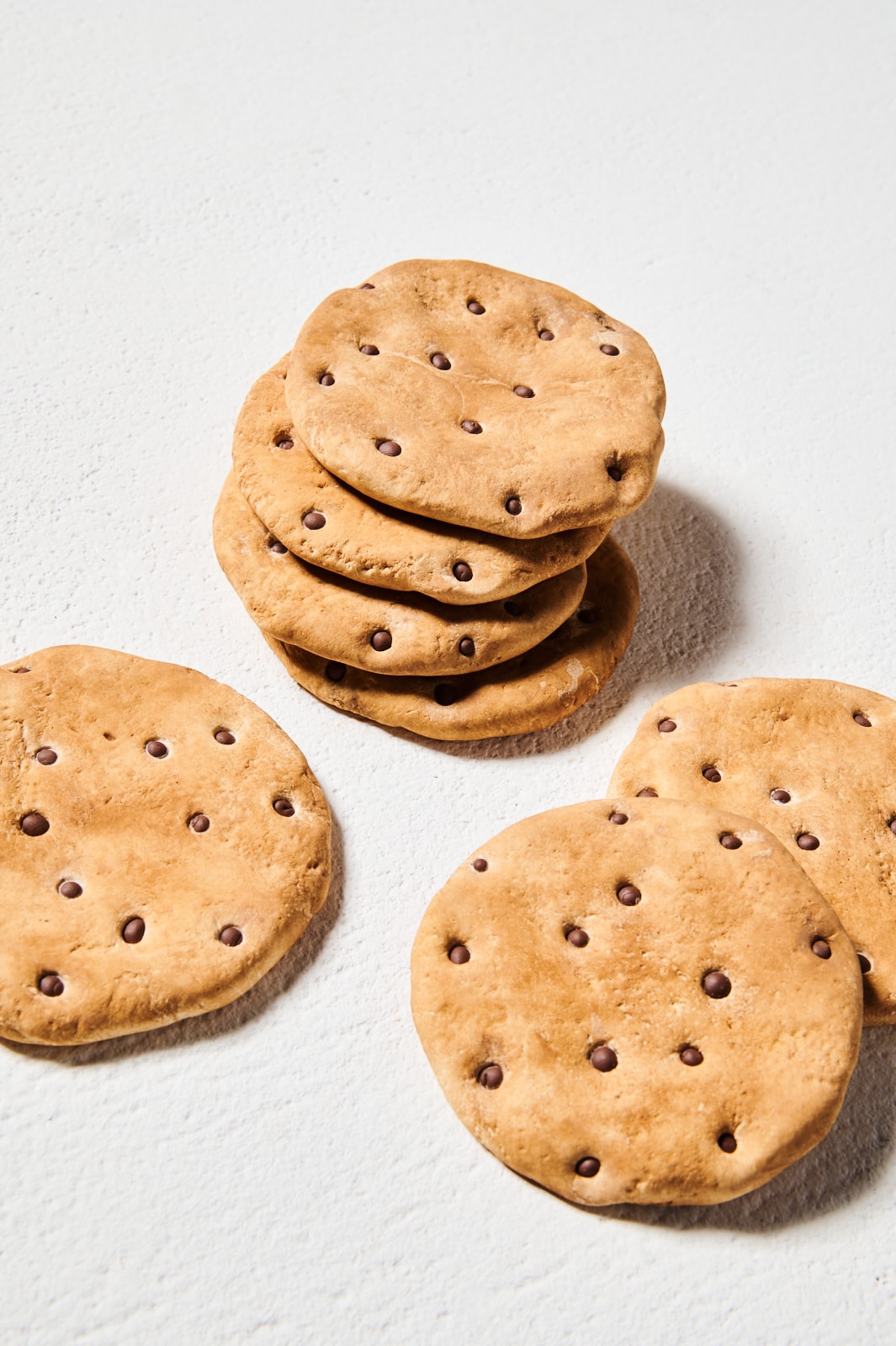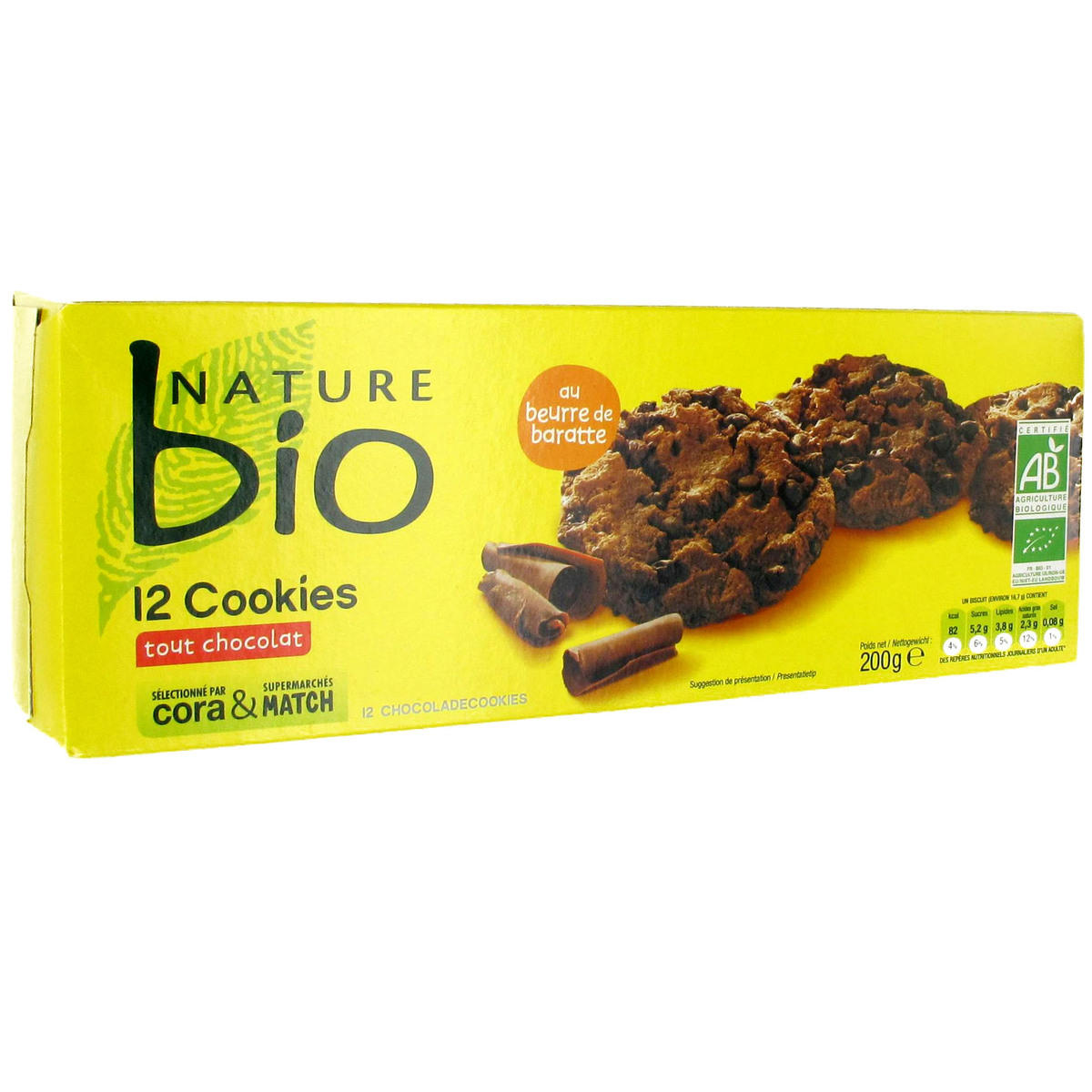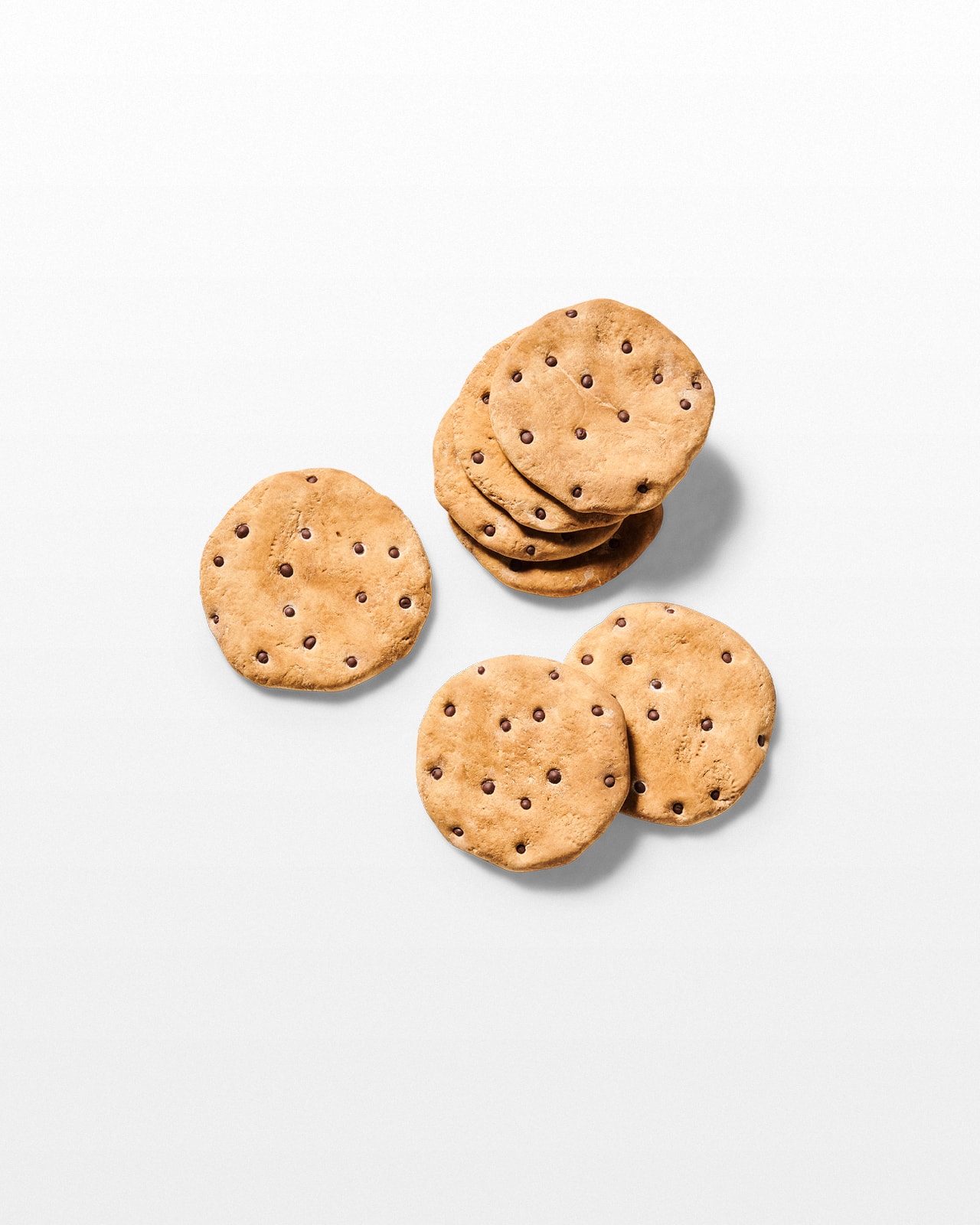Unpacking The 'Cora Cookie': A Deep Dive Into AI's Foundational Dataset
In the vast and ever-evolving landscape of artificial intelligence and machine learning, certain foundational elements act as the bedrock upon which groundbreaking research is built. Think of them as digital "cookies" – small, yet incredibly potent packages of data that, when properly understood and utilized, unlock immense potential. One such pivotal "Cora Cookie" in the academic realm is the Cora dataset, a cornerstone for researchers delving into areas like graph neural networks and citation analysis. This article will explore the profound significance of this dataset, the challenges researchers face in accessing and leveraging it, and how it fits into the broader journey of academic discovery, from understanding research directions to mastering the art of scientific writing.
For anyone embarking on a journey into robotics or broader AI research, the path can often feel labyrinthine. Questions abound: How do you find the most impactful papers? Which conferences and journals truly matter? What guidance exists for writing compelling research, and how does one even begin to navigate tools like LaTeX? The "Cora Cookie" – or more accurately, the Cora dataset – often serves as an early, tangible entry point into answering these questions, presenting both a learning opportunity and a practical challenge for aspiring experts. Its role extends beyond mere data; it represents a microcosm of the entire research ecosystem.
Table of Contents
- The Essence of the "Cora Cookie": What is it, Really?
- Navigating the Research Landscape: The Researcher's Journey
- The Art of Academic Writing: From Concept to Publication
- The Unseen Hurdles: Accessing and Utilizing the "Cora Cookie"
- "Cora Cookie" in Action: Real-World Applications and Beyond
- The Future of "Cora Cookie" and Graph-Based Learning
- Why the "Cora Cookie" Matters: E-E-A-T and YMYL in Research
- Expert Insights: Learning from the "Cora Cookie" Journey
The Essence of the "Cora Cookie": What is it, Really?
When we speak of the "Cora Cookie," we are metaphorically referring to the Cora dataset, a seminal collection of scientific papers widely used in machine learning research. It's not a literal baked good, but rather a meticulously structured digital artifact that has fueled countless advancements in areas like graph neural networks (GNNs), semi-supervised learning, and text classification. Originating from a research paper by Andrew McCallum et al., the Cora dataset comprises a collection of scientific publications, predominantly from the field of machine learning, organized into a citation network.
Each "paper" in this dataset is represented as a node in a graph, and the citations between papers form the edges. What makes this "Cora Cookie" particularly valuable are the features associated with each node: a bag-of-words representation of the paper's content, allowing algorithms to understand the textual similarity and thematic connections between documents. Researchers use this dataset to train models that can classify papers into predefined categories (e.g., neural networks, reinforcement learning, genetic algorithms) based on their content and their citation patterns. It's a perfect playground for algorithms that learn from relational data.
A Glimpse into its Structure and Significance
The Cora dataset typically consists of around 2,708 machine learning papers. Each paper is described by a 0/1-valued word vector indicating the absence/presence of the corresponding word from a dictionary of 1,433 unique words. These papers are classified into one of seven classes. The citation links between these papers form a crucial graph structure. This structure is what makes the "Cora Cookie" so appealing for graph-based learning methods. Algorithms can leverage not only the content of a paper but also its relationship to other papers (who cites whom) to make more accurate predictions or discover hidden patterns.
Its significance lies in its simplicity and accessibility, making it an ideal benchmark for new graph-based algorithms. When a researcher develops a novel GNN architecture, one of the first tests it undergoes is often on the Cora dataset. Its relatively small size allows for quick experimentation and iteration, while its clear structure provides a robust foundation for comparing different models' performance. This consistent benchmarking helps the research community understand the strengths and weaknesses of various approaches, driving progress in the field.
Navigating the Research Landscape: The Researcher's Journey
For those just starting in robotics or AI research, the initial excitement often gives way to a daunting realization: the sheer volume of information. How does one sift through countless papers to find truly impactful work? What are the unwritten rules of academic discourse? This is where the practical experience of engaging with datasets like the "Cora Cookie" becomes invaluable. It's not just about running code; it's about understanding the context, the problems researchers are trying to solve, and the methods they employ.
The journey of a researcher involves much more than just data analysis. It encompasses identifying relevant research directions, understanding the current state-of-the-art, and contributing novel insights. Datasets like Cora provide a tangible starting point for this exploration. By working with such a well-established benchmark, new researchers can quickly grasp fundamental concepts, replicate existing results, and then, crucially, begin to identify gaps or areas for improvement that can lead to their own original contributions. It's a foundational step in becoming an expert in a specialized field.
Conferences, Journals, and the Quest for Knowledge
A critical part of a researcher's development is understanding the ecosystem of academic publishing. Conferences (e.g., NeurIPS, ICML, AAAI, ICLR) and journals (e.g., Journal of Machine Learning Research, IEEE Transactions on Pattern Analysis and Machine Intelligence) are the primary venues for disseminating research. Learning how to find good articles means understanding which venues publish high-quality, peer-reviewed work. Many seminal papers on graph neural networks, for instance, first appeared at top-tier AI conferences, often presenting results benchmarked on the "Cora Cookie."
For a new researcher, attending these conferences (even virtually) and reading their proceedings is crucial. It offers a glimpse into the latest trends, allows for networking, and provides insights into the "hot topics" in the field. Journals, on the other hand, often present more mature, in-depth research, building upon conference papers. Understanding the hierarchy and focus of these different publication types is essential for staying current and for strategically planning where to submit one's own work. The papers within the Cora dataset itself offer a historical snapshot of this very publication landscape.
The Art of Academic Writing: From Concept to Publication
Beyond understanding the data and the venues, there's the formidable task of writing. Academic writing is a distinct skill, requiring precision, clarity, and adherence to specific formatting standards. This is where guidance on "writing" and tools like "LaTeX" become indispensable. LaTeX is the de facto standard for scientific document preparation, especially in computer science and mathematics. Its ability to handle complex equations, citations, and formatting with ease makes it superior to traditional word processors for research papers.
For many, the journey begins with learning LaTeX, often by using templates provided by conferences or journals. This practical skill is directly tied to the ability to effectively communicate research findings, including those derived from experiments on the "Cora Cookie." Good writing guidance emphasizes logical flow, clear problem statements, detailed methodology, reproducible results (often including specific dataset usage), and a thorough discussion of findings and limitations. Mastering this art is crucial for gaining authority and trustworthiness in the academic community, ensuring that one's contributions are understood and appreciated.
The Unseen Hurdles: Accessing and Utilizing the "Cora Cookie"
Despite its widespread use, even accessing a foundational resource like the "Cora Cookie" can present unexpected challenges. As highlighted in various online discussions, including a CSDN blog post titled "Cora dataset cannot be downloaded," researchers sometimes encounter difficulties. A common culprit mentioned is issues with domain resolution, particularly for domains like `raw.githubusercontent.com`, which often hosts dataset files or supplementary code for research papers. This "pollution" of DNS resolution can prevent direct downloads, leaving researchers frustrated.
These technical hurdles, while seemingly minor, can significantly impede progress. Imagine having a brilliant idea for a new GNN model, only to be stuck at the very first step of acquiring the necessary data. Such experiences underscore the practical realities of research: it's not always smooth sailing. It requires persistence, problem-solving skills beyond the theoretical, and often, a bit of technical workaround knowledge. The ability to troubleshoot these issues is as important as understanding the algorithms themselves.
Overcoming Data Access Challenges: Practical Solutions
When faced with issues like the "Cora dataset cannot be downloaded" problem, researchers often resort to practical solutions. One common method is manually modifying the local `hosts` file to force the correct IP address resolution for problematic domains like `raw.githubusercontent.com`. This bypasses potentially corrupted DNS caches or network blocks. However, as the CSDN blog notes, this might require "multiple attempts" or trying different IP addresses, indicating the fluctuating nature of such network issues.
Other solutions include using VPNs, trying alternative download links (if available), or seeking out community-shared versions of the dataset on platforms like Kaggle or academic institutional repositories. The key takeaway is that researchers must be resourceful. The collaborative nature of the research community often means that if one person faces a data access problem, others likely have too, and solutions are often shared in forums, GitHub issues, or dedicated blogs. This collective problem-solving strengthens the community and ensures that vital "Cora Cookie" data remains accessible.
"Cora Cookie" in Action: Real-World Applications and Beyond
While the "Cora Cookie" is a benchmark dataset, the research conducted on it has far-reaching implications. The advancements in graph neural networks, driven in part by experiments on Cora, are now being applied to a multitude of real-world problems. Consider recommendation systems: building a graph of users and items, and their interactions, allows GNNs to suggest relevant products or content. Fraud detection systems can identify suspicious transactions by analyzing patterns in financial networks.
In the realm of drug discovery, molecular structures can be represented as graphs, and GNNs trained on such data can predict molecular properties or identify potential drug candidates. Knowledge graphs, which organize vast amounts of information in a structured, interconnected way, also benefit immensely from graph-based learning techniques refined on datasets like Cora. Thus, while the "Cora Cookie" itself is a specific academic dataset, the methodologies it helps refine are fundamental to many cutting-edge AI applications that impact daily life and various industries.
The Future of "Cora Cookie" and Graph-Based Learning
The field of graph-based learning continues to evolve rapidly. While the "Cora Cookie" remains a classic benchmark, new, larger, and more complex datasets are constantly emerging, reflecting the increasing sophistication of real-world networks. Researchers are pushing the boundaries of GNNs, developing more efficient architectures, exploring self-supervised learning on graphs, and tackling challenges like scalability and interpretability. The foundational insights gained from working with datasets like Cora are directly transferable to these more advanced scenarios.
The continuous need for robust, accessible, and well-understood datasets is paramount for sustained progress in AI. As models become more powerful, the demand for diverse and representative data grows. The legacy of the "Cora Cookie" will live on, not just as a dataset itself, but as a testament to the power of structured data in driving scientific discovery and as a constant reminder of the importance of overcoming practical hurdles in the pursuit of knowledge.
Emerging Trends and Research Directions
Beyond the traditional node classification tasks that Cora supports, current research in graph machine learning is exploring new frontiers. These include:
- Heterogeneous Graphs: Networks with different types of nodes and edges (e.g., social networks with users, posts, and comments).
- Temporal Graphs: Graphs where connections and features change over time.
- Graph Generative Models: Algorithms that can create new, realistic graphs.
- Explainable GNNs: Methods to understand *why* a GNN makes a particular prediction, crucial for trust and adoption in sensitive applications.
- Scalability: Developing GNNs that can handle graphs with billions of nodes and edges.
Why the "Cora Cookie" Matters: E-E-A-T and YMYL in Research
In the context of academic research, the principles of E-E-A-T (Expertise, Experience, Authoritativeness, Trustworthiness) are not just buzzwords; they are the very pillars of scientific integrity. The "Cora Cookie" exemplifies how these principles are put into practice. Researchers who consistently work with established benchmarks like Cora, meticulously document their methodologies, and publish their findings in peer-reviewed venues demonstrate their expertise and build authority. The reproducibility of results on such datasets contributes directly to the trustworthiness of their work.
While the Cora dataset itself isn't a YMYL (Your Money or Your Life) topic in the direct sense, the *quality* and *reliability* of the AI systems developed using such foundational data absolutely are. If a graph neural network trained on a dataset like Cora is later adapted for, say, medical diagnosis or financial fraud detection, the accuracy and trustworthiness of that underlying research become critical. Flaws in data handling, experimental design, or reporting can have significant real-world consequences. Therefore, the rigorous engagement with datasets like the "Cora Cookie" is an indirect but vital component of ensuring that AI research ultimately contributes to safe, reliable, and beneficial technologies.
Expert Insights: Learning from the "Cora Cookie" Journey
The journey through the "Cora Cookie" – from understanding its structure to navigating its access challenges and applying its insights – offers invaluable lessons for anyone aspiring to contribute to AI research. It teaches the importance of foundational knowledge, the necessity of persistence in the face of technical hurdles, and the power of a collaborative community. Just as early robotics researchers sought guidance on conferences, journals, and writing, today's AI enthusiasts must embrace these practical aspects of the academic world.
The "Cora Cookie" is more than just a collection of papers; it's a symbol of the continuous learning, problem-solving, and shared knowledge that defines the cutting edge of artificial intelligence. Its enduring relevance highlights that even in a rapidly advancing field, fundamental benchmarks and the challenges they present remain crucial for fostering expertise, establishing authority, and building trustworthy systems. So, as you embark on your own research journey, remember the lessons of the "Cora Cookie" and embrace the full spectrum of challenges and opportunities it represents.

FF022 Cora Faux Chocolate Chip Cookies (7 Pieces) Prop Rental - ACME

Cookies au chocolat - cora

FF022 Cora Faux Chocolate Chip Cookies (7 Pieces) Prop Rental - ACME